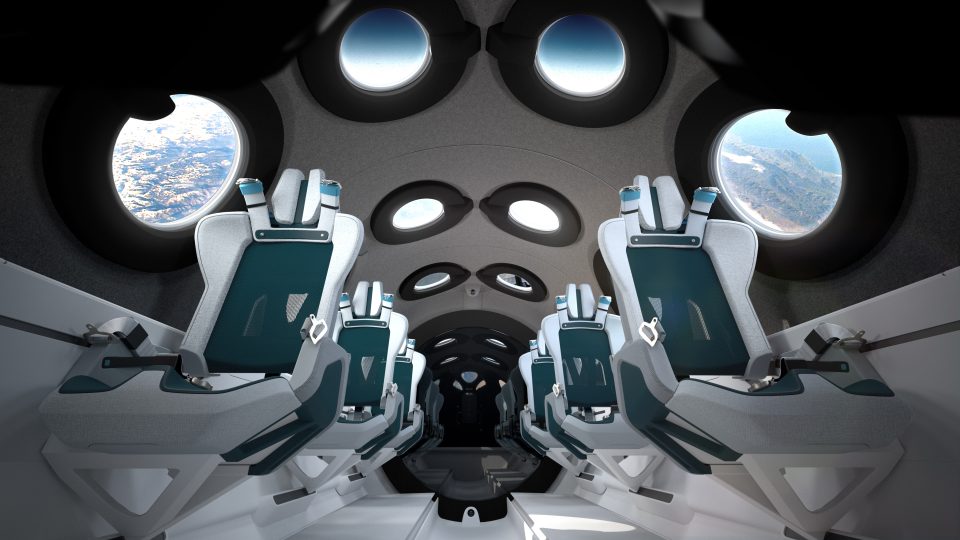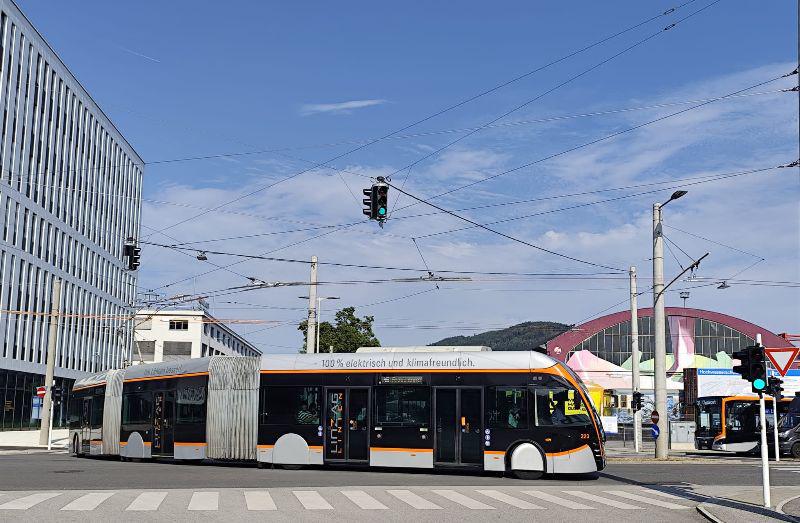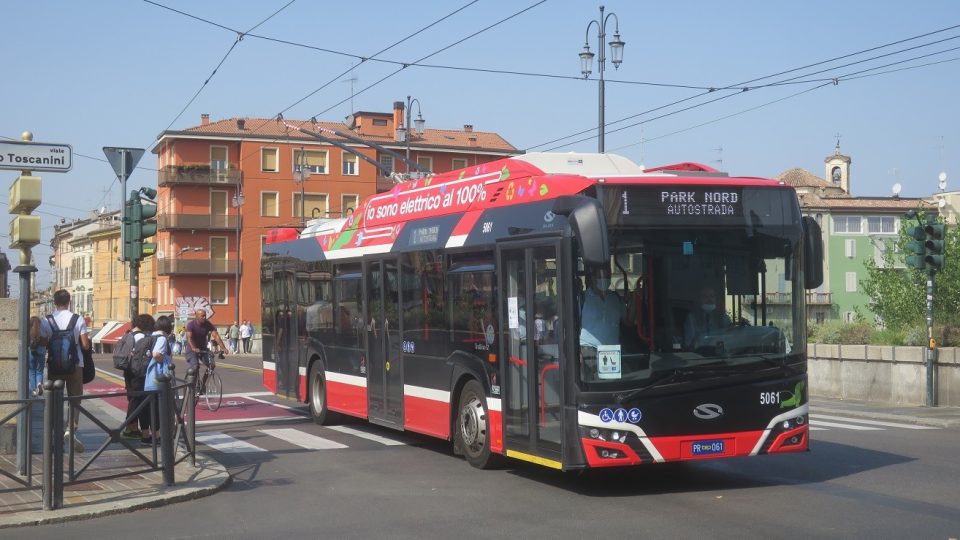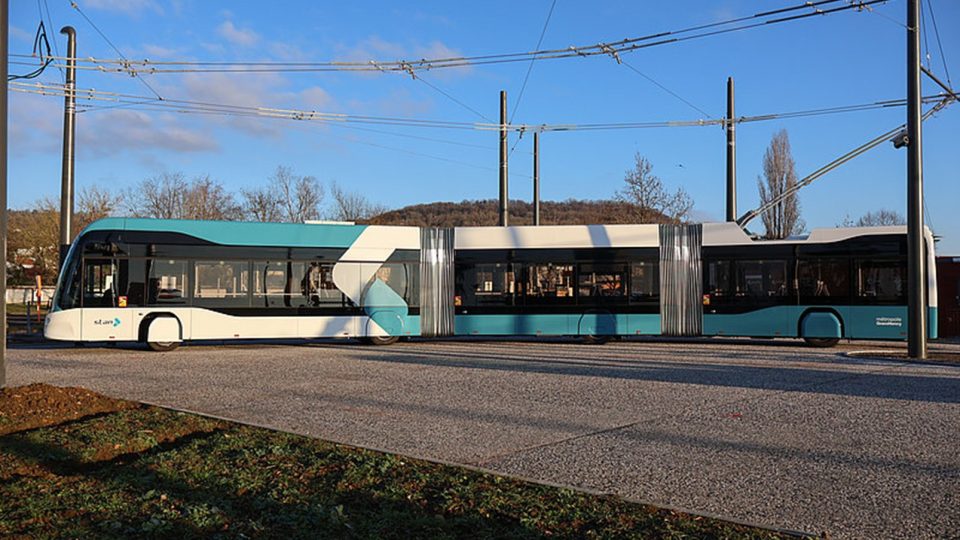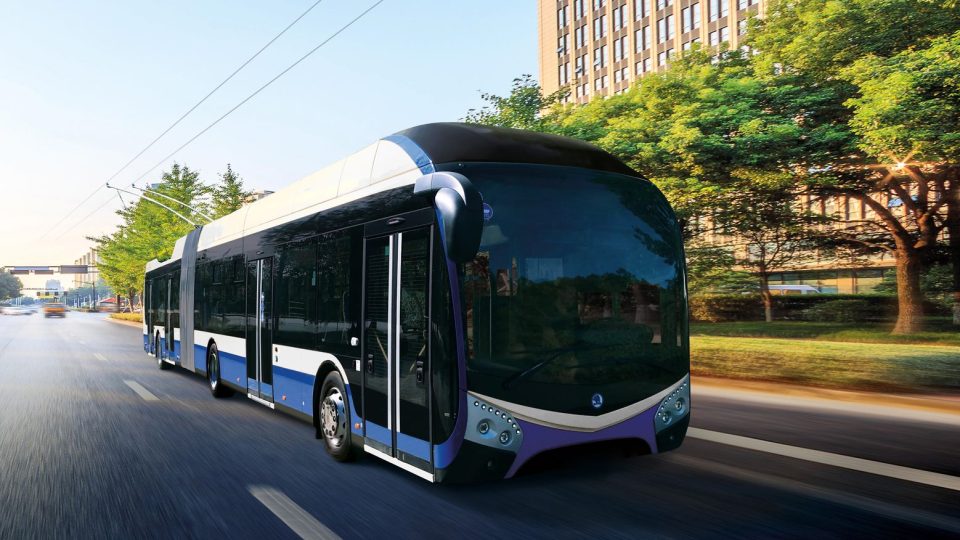Padua, new line Sir3 and revamping Sir1 fleet
by Stefano AlfanoPicture: Wikipedia In Padua, the tram network is being extended and renewed. The EIB, the European Investment Bank, has approved a 43.5m € in favour of APS Holding, an in-house company of the Municipality of Padua, for the construction of the SIR3 tram line and the revamping of the north-south SIR 1 fleet. […]
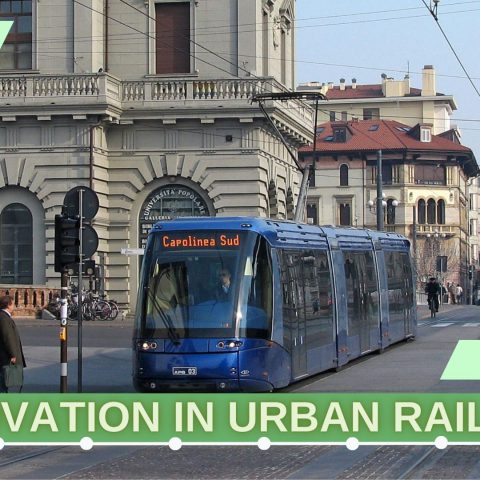
by Stefano Alfano
Picture: Wikipedia
In Padua, the tram network is being extended and renewed. The EIB, the European Investment Bank, has approved a 43.5m € in favour of APS Holding, an in-house company of the Municipality of Padua, for the construction of the SIR3 tram line and the revamping of the north-south SIR 1 fleet. Of the total sum, EUR 34 million will finance the new tram line, which will connect the Voltabarozzo district, south – east of the city, with the railway station, thus intersecting the existing SIR1 line (North terminus – Pontevigodarzere – South terminus – Guizza, for a development of 10.3 km) and intercepting the city’s main hospital poles, for a development of 5.5 km , mostly in reserved lanes.
The new line will have 13 stops; a new depot will also be built at Voltabarozzo and a Park and Ride facility with 383 parking spaces. The investment is part of both the city of Padua’s long-term environmental sustainability strategic plan and the EIB’s Climate Bank Roadmap, which promotes zero-emission sustainable mobility.
APS Holding, the contracting station and implementer of the infrastructure, thanks to the EIB’s intervention, can open the construction sites in the short term, with completion scheduled for 2025. The new line will not only integrate with the section in service today, but will also be part of the SMART system (Sistema di Mobilità A Rete Tranviaria-Tramway Network Mobility System), which envisages the construction of a third line on the east-west axis of the city of Padua, reaching the municipalities of Vigonza and Rubano.
The EUR 9.5 million tranche of funding will instead be used to modernise the rolling stock of the SIR1 line, which has been in operation since 2007. The current fleet consists of 18 three-car trainsets (APS 01-18 series). The system used is the Translohr type, which is rubber-tyred. The vehicle is equipped with pneumatic tyres, which provide traction for the vehicle, and a series of pairs of metal wheels, arranged in a V-shape, which insist on the rail, effectively guiding the car along the route. The vehicles are therefore considered trams , have no steering, and are equipped with a pantograph for the power supply. In the case of Padua, the trams are equipped with batteries that allow them to run autonomously over a short distance without an overhead line. The acceleration and deceleration of the vehicles is very appreciable, and they cover the section in service in about 35 minutes. Tram users in Padua account for more than 10% of the overall service offered by APS, and the numbers are increasing. Mestre also has a similar system. Two lines are in operation (T1 AND T2) for a network development of 20 km, with an extension as far as Venice, piazzale Roma with 20 cars employed.
The project to restructure the rolling stock in operation in Padua, which will be completed in 2026, includes, among other things, the replacement of the current batteries with new ones, which will ensure greater autonomy for the section without catenary, and will guarantee greater performance and durability. The new tramway will become part of the force network and will allow a marked improvement in environmental conditions, with a reduction in noise and emissions, new conditions and possibilities for mobility in the city for systematic and non-systematic travel, and certainly easier access to medical, school and work services, and leading to a further reduction in private traffic, as already occurred in the first years of operation of the SIR1 line. In December 2021, the EIB and APS Holding also signed an agreement included in the ELENA (European Local Energy Assistance) programme, in the form of non-reimbursable technical assistance, to cover the costs of innovative integrated mobility solutions, up to EUR 1.6 million.
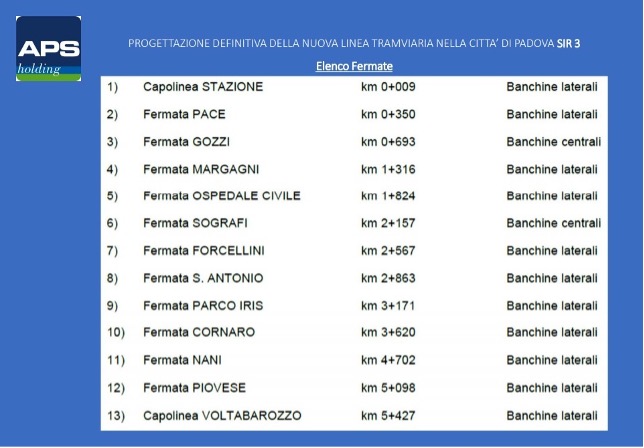
Very satisfied Riccardo Bentsik, CEO of APS Holding: «A complex and articulated path that will allow APS to look forward to the economic commitments to which it is called for the construction of the new tram network and the technological evolution of the existing fleet. Having obtained such a substantial loan, through the strict and strict scrutiny of a prestigious institution such as the EIB, is an important recognition for us: such an agreement represents a sort of ideal seal on the project».
Gelsomina Vigliotti, EIB Vice-President, comments: «The decarbonisation of the transport sector is key to achieving the goal of reducing CO2 emissions by 55% by 2030. Thanks to the support of the EU’s Climate Bank, Padua will benefit from new, modern tram lines connecting the city quickly, offering citizens an efficient service and, at the same time, contributing to the fight against climate change».
Alessandra Ricci, CEO of SACE, emphasises: «Accelerating the sustainable development of businesses is a strategic objective of our INSIEME2025 industrial plan. This operation in support of the Municipality of Padua and APS Holding S.p.A. – moreover in a sector as strategic as infrastructure – is part of the path we are pursuing for the benefit of the community».
Sergio Giordani, Mayor of Padua, adds: «Today we have laid a cornerstone for the construction of the SIR3 line to Voltabarozzo. Such important and complex works have a long and articulated process, with important steps, and this is one of them. It also demonstrates the concreteness and ability that we have in continuing with conviction in a project that has meanwhile expanded with an additional line from Vigonza to Rubano, in which we believe not out of an act of faith but because all the transport studies tell us that it will significantly improve mobility not only in the city but also in the neighbouring municipalities involved. This is what an administration that wants to leave a positive mark for future generations must do».

